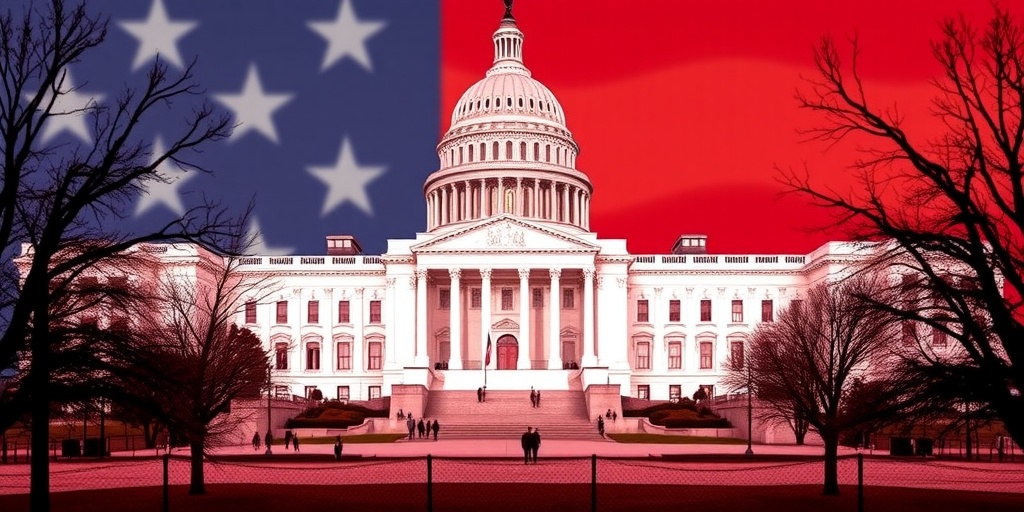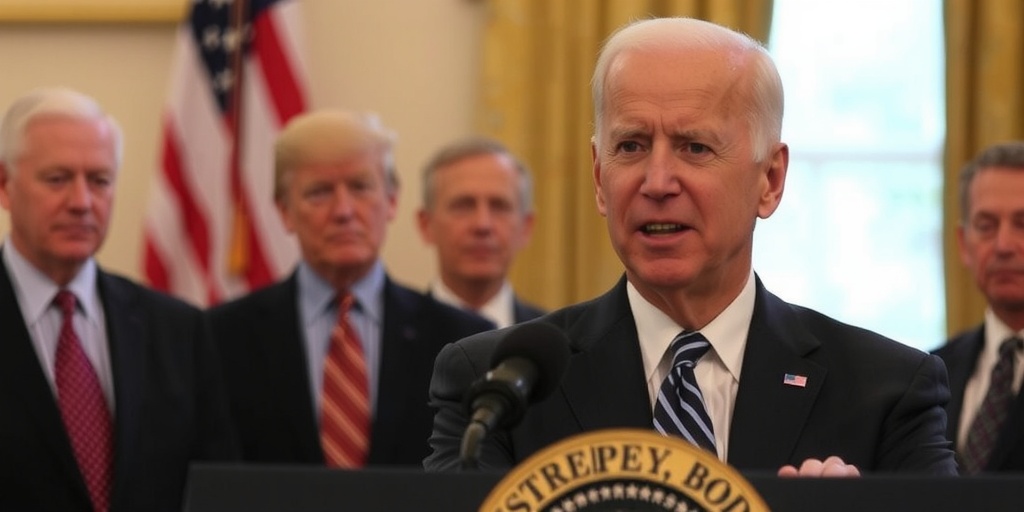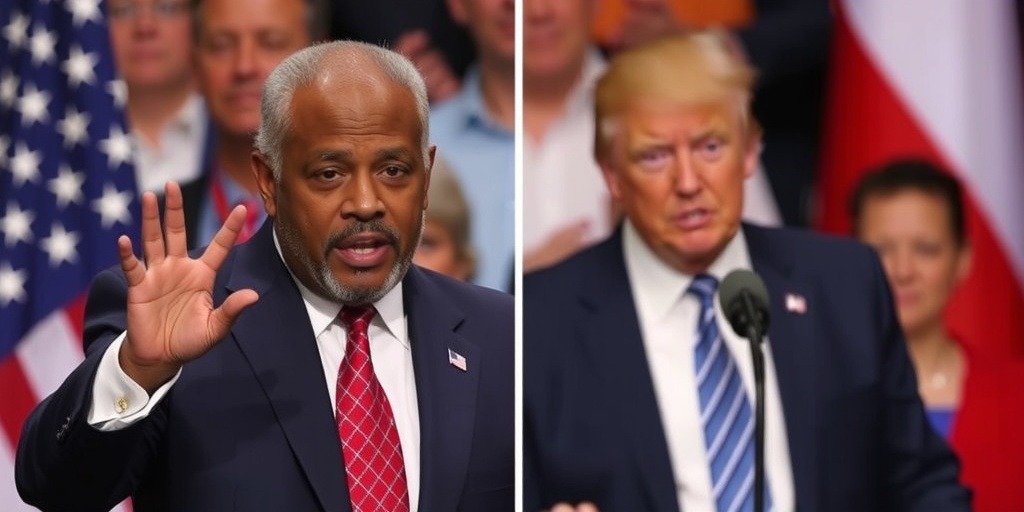Now Reading: Key Insights on Congressional Republicans’ Budget Proposals
-
01
Key Insights on Congressional Republicans’ Budget Proposals
Key Insights on Congressional Republicans’ Budget Proposals

Senate Passes Budget Outline to Support Trump’s Domestic Agenda
On Tuesday evening, the Senate voted along party lines to approve a budget outline that aims to lay the groundwork for a significant component of President Trump’s domestic agenda. The resolution proposes increased funding for immigration enforcement and defense, while simultaneously recommending cuts to other federal programs. This vote represents a critical step for Republican lawmakers who have been diligently working for weeks on advancing a comprehensive budget plan that aligns with the White House’s priorities.
The approval of this budget outline is an essential prerequisite for the Republican Party as they seek to utilize a process known as budget reconciliation. This legislative maneuver allows bills that affect government revenue to pass the Senate with a simple majority, circumventing the usual 60-vote threshold most legislation requires. For many years, both Democrats and Republicans have employed this strategy to push through major domestic policy changes, including tax cuts and healthcare reforms, often in the face of opposition from the minority party.
As the House and Senate, which both are under Republican control, develop their respective budget plans, notable differences have emerged. The Senate’s plan is significantly more simplistic compared to the House’s blueprint. While the Senate proposal calls for an increase of $150 billion in military spending and $175 billion for border security measures—such as additional detention beds and more Immigration and Customs Enforcement agents—it lacks specific details regarding spending cuts that would offset these increases. Senator Lindsey Graham, who serves as the chair of the Senate Budget Committee, indicated that the legislation would be fully funded partly through new revenue generated from domestic drilling.
Graham has characterized this budget measure as just the initial step in the Senate’s legislative strategy and emphasized that it would be followed by additional legislation aimed at extending the tax cuts initially implemented in 2017. In contrast, the budget plan proposed by the House is more extensive and detailed, reflecting the demands of conservative hard-liners who insist on substantial spending cuts. The House blueprint suggests that it could add approximately $3 trillion to the deficit over the next decade while proposing deep cuts to healthcare and food assistance programs for low-income individuals, all in a bid to finance $4.5 trillion in tax cuts.
The differing approaches of the House and Senate highlight ongoing divisions among Republican leaders over how best to execute President Trump’s fiscal strategies. Senate Republicans argue for swift passage of funding increases for immigration enforcement, asserting that the Department of Homeland Security urgently needs more resources to implement the administration’s aggressive deportation agenda. Meanwhile, House leaders caution that consolidating the president’s entire domestic policy agenda into a single legislative package could complicate passage in a chamber where the GOP holds a slender majority. To succeed, they argue, near-unanimity will be essential.
While the Senate has opted to advance its own budget resolution despite the House’s delays and divisions, the absence of a finalized agreement on specific program cuts remains a significant hurdle. The budget resolution primarily establishes broad spending targets by committee, leaving Republicans to later determine precise cuts and allocations. However, the House plan strongly implies potential targets for budget reductions, such as calling on the Energy and Commerce Committee to find at least $880 billion in cuts, primarily from Medicaid. This constitutes over half of the projected reductions in the House budget outline.
As discussions continue, Republicans will face challenging decisions about which federal programs to cut and by what amounts while balancing the demands of hardline conservatives against the needs of moderate members whose constituents rely on vital social programs. Additionally, GOP leaders will have to weigh which of Trump’s tax cuts are critical to retain, as extending the 2017 tax cuts alone is projected to cost around $4 trillion over the next ten years.
In summary, the Senate’s passage of the budget outline marks a pivotal moment in the Republican Party’s efforts to support President Trump’s agenda. With underlying tensions still present between the House and Senate plans, how the Republican leadership reconciles their differences could significantly impact the future of domestic policy in the United States. The coming weeks will be critical as lawmakers attempt to navigate the complexities of budget reconciliation and align their legislative efforts with the demands of their party and the White House.
Stay Informed With the Latest & Most Important News
Previous Post
Next Post
-
 01New technology breakthrough has everyone talking right now
01New technology breakthrough has everyone talking right now -
 02Unbelievable life hack everyone needs to try today
02Unbelievable life hack everyone needs to try today -
 03Fascinating discovery found buried deep beneath the ocean
03Fascinating discovery found buried deep beneath the ocean -
 04Man invents genius device that solves everyday problems
04Man invents genius device that solves everyday problems -
 05Shocking discovery that changes what we know forever
05Shocking discovery that changes what we know forever -
 06Internet goes wild over celebrity’s unexpected fashion choice
06Internet goes wild over celebrity’s unexpected fashion choice -
 07Rare animal sighting stuns scientists and wildlife lovers
07Rare animal sighting stuns scientists and wildlife lovers




















